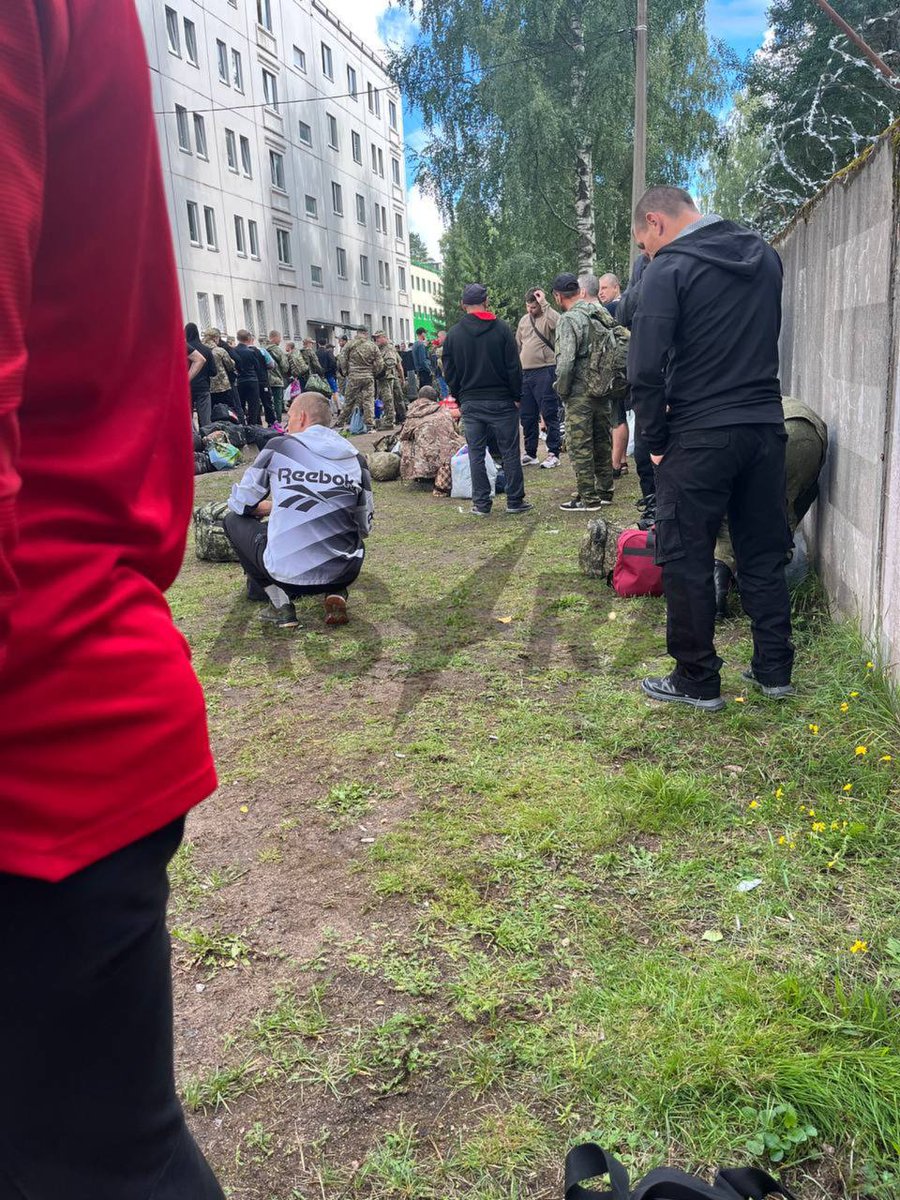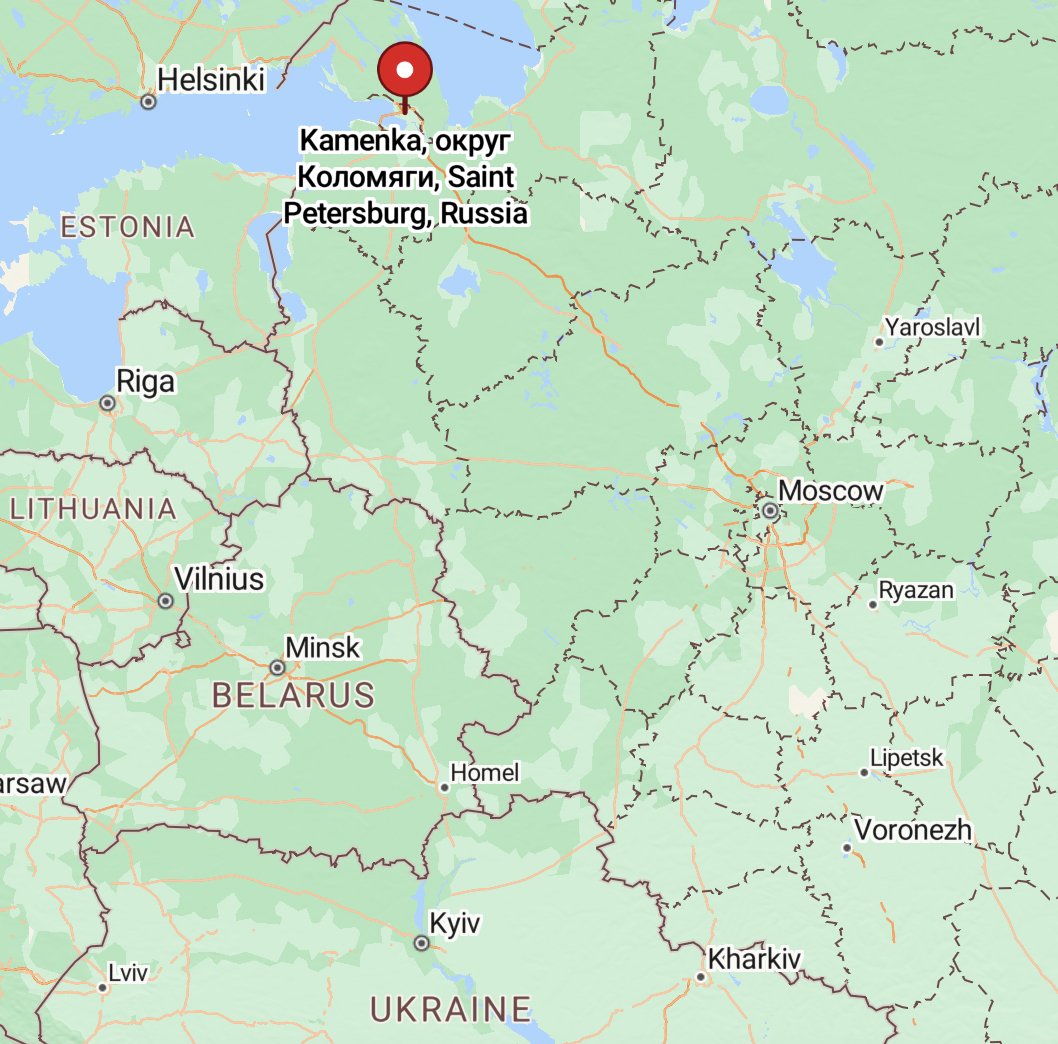1/ Russia's far-right ultranationalist NOD movement has held a march in Magadan in Russia's Far East, demanding that Washington, D.C. be attacked with RS-24 Yars and RS-28 Sarmat ICBMs, plus the Poseidon intercontinental nuclear torpedo, in revenge for "Kursk and Kherson". ⬇️
2/ The NOD (National Liberation Movement) march was held on 11 August with the approval of the mayor's office, which allowed them to close the city's Gorky Street for the demonstration.
3/ The participants wore military dress while chanting "To Washington!" and carrying banners in the colours of St George's ribbon. They were accompanied by a "Sarmatmobile" with the inscription "I am Russian" and carrying a mock ICBM with the words "To Washington!" written on it.
4/ NOD is a deeply odd organisation. Founded by Russian Duma member Yevgeny Fyodorov in 2012, it claims to have around 200,000 members. It advocates that since the Soviet Union collapsed in 1991, Russia has been run as a 'colony' by the United States. 

5/ NOD claims that the US controls Russia's federal TV channels, legislative activity and the state apparatus through agents who serve as government ministers and officials, as well as through NGOs and international consulting companies (as claimed in the sign shown here). 

6/ While this might seem like it is an anti-government ideology, NOD claims that Russian President Vladimir Putin is in fact the leader of the movement and is liberating Russia by rooting out foreign influence, such as by cracking down on NGOs and foreign companies.
7/ NOD activists have carried out attacks on opposition figures and activists, including Mikhail Kasyanov, Alexei Navalny, and members of the Pussy Riot group. They were blamed for destroying an improvised memorial to the assassinated Boris Nemtsov in Nizhny Novgorod.
8/ The fact that NOD is allowed to hold public demonstrations highlights a paradox: despite its extremism, it's tolerated by the Putin regime. This is likely because it's a useful way to ensure that far-right support is channeled into supporting rather than opposing Putin. /end
Source:
t.me/VesMagadan/586…
t.me/VesMagadan/586…
• • •
Missing some Tweet in this thread? You can try to
force a refresh












